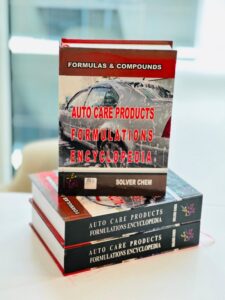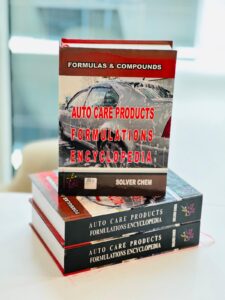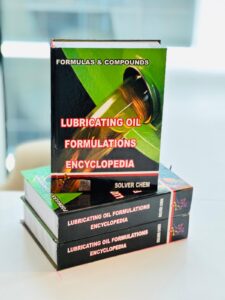
De-icing spray, particularly the type used for vehicles, is a highly effective chemical solution designed for the rapid removal of frost and ice.1
Here are its primary properties and typical applications:
Key Properties of De-Icing Spray
| Property | Description |
| Active Ingredient Base | Typically a high-concentration alcohol or glycol-based solution, such as Isopropyl Alcohol (Isopropanol) or Ethylene/Propylene Glycol. |
| Freezing Point Depression | The core mechanism. The chemicals lower the freezing point of the water in the ice/frost significantly (often down to $-20^\circ\text{C}$ or lower), causing the solid ice to rapidly turn back into a liquid brine solution upon contact. |
| Fast-Acting/Instantaneous Effect | Formulated for quick action. When sprayed on, the chemical penetrates the ice layer instantly and breaks the bond between the ice and the surface (like glass). |
| Anti-Re-freeze Additives | Most commercial sprays contain additives (often a type of antifreeze like glycol) that leave a thin, temporary film on the surface. This film has a lower freezing point than water, which helps delay or prevent new ice/frost from forming immediately after melting. |
| Material Compatibility | Designed to be safe for automotive surfaces. High-quality sprays are non-corrosive and will not damage: <ul><li>Automotive paintwork and clear coats.</li><li>Rubber window seals and wiper blades.</li><li>Plastic and polycarbonate headlight lenses.</li></ul> |
| Low Viscosity | Sprays are thin liquids that can be applied effectively via an aerosol or pump. The low viscosity allows the product to spread quickly across the frozen surface. |
Common Applications
De-icing spray is primarily used for automotive applications, but can be useful for any small, frozen mechanism.
| Application Area | Purpose |
| Vehicle Windshields/Windows | The most common use. It quickly melts heavy frost, ice, and light snow, eliminating the need for excessive scraping and preventing potential scratches to the glass. |
| Side and Rear Mirrors | Used to rapidly clear a driver’s critical viewing areas for safe operation. |
| Frozen Door Locks | The fine spray can be directed into frozen keyholes and mechanisms (like the lock or hinge) to melt ice and restore functionality. |
| Wiper Nozzles/Fluid Lines | Used to thaw frozen washer fluid nozzles and parts of the fluid delivery system. |
| Headlights/Taillights | To clear ice and ensure maximum light output and visibility of signals. |
| Small Residential Locks/Padlocks | Any small lock or latch that is frozen can be quickly thawed with a targeted de-icing spray. |
👁️ Görüntülenme: 5




